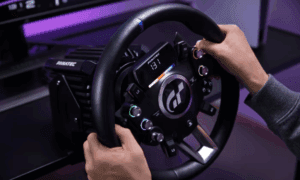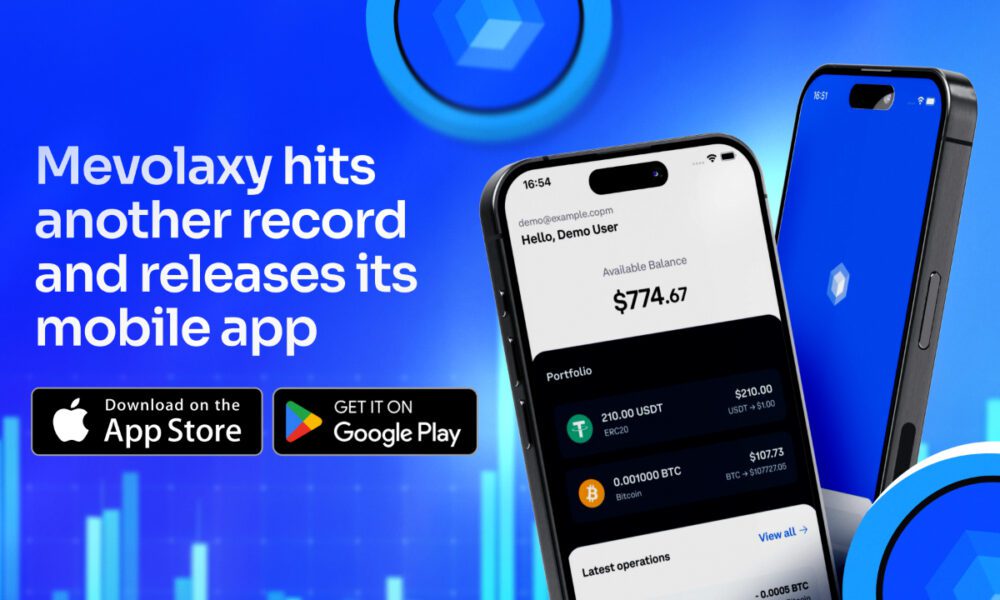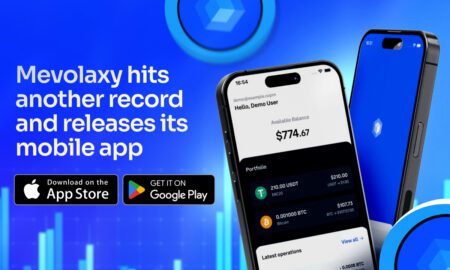The primary concern of every parent is the safety of his/her child. Whether the child is walking to school, playing in the park, or visiting his or her friend, it is a big comfort to know the location of the child. This is the reason why a lot of families are currently equipped with smart safety tools, and a GPS tracker for kids is one of the best tools.
These gadgets are smart yet simple to operate, which allows the parent to keep track of their child. This guide will discuss the functioning of GPS trackers, the characteristics to consider, and how they can alter the manner in which you secure your family.
The Even Greater Significance of the GPS Tracker for Kids
Children are growing up on their own at an early age, and parents have the concern of raising them. A child can lose himself easily in a busy street or a crowded school event. A GPS tracker is a convenient solution as it displays the live position of the child on a screen or any other app. It also allows children to explore easily with their parents, knowing what is going on. The trackers strike a balance between liberation and security.
The Functionality of a GPS Tracker
The GPS tracker determines the position of the child using the satellites and cell networks. It is forwarded to a phone or a computer at that location. There are also some models that apply Wi-Fi and Bluetooth to enhance indoor positioning. The parents can immediately know where the child is and can create virtual fences and receive alerts in case the child is out of a safe area. Most trackers also allow the child to talk to parents in a two-way voice, which is a small yet significant feature.
Features to be Considered as Essential
In selecting a tracker, pay attention to the aspects that are safe and convenient.
-
Real‑Time Tracking
The tracker is expected to display the location of the child in real time. Unless updates are made frequently, it is not useful in regard to safety.
-
Geofencing Alerts
This will allow you to establish virtual boundaries, such as home or school. When the child goes past a limit, you receive an alert in order to act quickly.
-
SOS Button
The majority of trackers have a button to share an urgent location with contacts of choice.
-
Battery Life
Choose a device that can take at least a day to charge, or multiple days off.
-
Durability and Comfort
Children are very active; thus, the tracker must be powerful, should not be affected by water, and must be comfortable. These may be in the form of wristbands, clip-ons, or small things that can fit in backpacks or shoes.
-
Two‑Way Communication
There are trackers that are like mini phones where kids can make or send calls or messages to their parents, which can relax all involved.
The Emotional Side of Safety
Other than technology, these trackers provide emotional comfort to parents. Parents would be less anxious, and children would be free to be independent. Children have the feeling that they are being trusted, safe, and they can get some help whenever they press a button. This assurance develops healthier family dynamics. Father and mother are not so protective, and children are taught how to be responsible and confident. A good GPS tracker for kids fills the gap between freedom and security, and establishes trust.
Benefits Beyond Safety
Although the primary purpose is safety, such trackers have additional advantages.
-
Routine Monitoring
Parents do not need to call the child repeatedly, knowing whether he/she got to school or to a friend.
-
Time Management
Using activity logs, you will be able to check the routes of the child and make sure that they are using safe paths.
-
Emergency Readiness
During an actual emergency, instant location aids in the fast reaction of parents and authorities.
-
Privacy and Ethical Concerns.
A GPS tracker for children should be considered with regard to privacy. Be candid with the child and explain the purpose of using the device; it is not to monitor, but it is a safety feature. Report it as a family safety tool to make it look like protection to children, as opposed to spying. Honesty brings confidence and collaboration, and thus, the child does not feel intruded upon. Also, make sure the maker utilizes data encryption and secure servers. The data of the child’s location is to remain confidential and may be seen only by authorized persons.
Various GPS Trackers for Children
The following are some of the styles that parents may choose:
-
Wearable Trackers
They are either watches, wristbands, or pendants. They are convenient to use and difficult to lose.
-
Clip‑On Devices
Good for younger kids. They are attached to clothes, backpacks, or belts.
-
Smartphones Tracking Apps
Kids who are old enough can use an app on their phone, which provides additional communication capabilities.
-
Discreet Trackers
Small and can fit a shoe or even a pocket, these are great for small kids who do not require an obvious gadget.
They are of varying ages and comfort, hence, select the one that suits the personality and the lifestyle of your child.
An Introduction to a Tracker for Your Child
New technology may not be easy to operate, particularly with independent children. It is only necessary to portray it in a positive way. Rather than telling them it is a control tool, tell them it keeps them safe, particularly in crowded spots, school trips, and family holidays. Allow the child to select the design or color of the tracker. Make sure you are gaining the trust of your child. They must think that you are doing this all just to protect them.



































